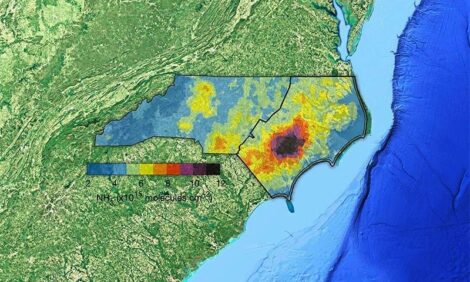



The Difficulty with Grow-Finish Metrics
By Stephanie Rutten, University of Minnesota - Industry benchmarks of grow-finish data are not only difficult to come by, but difficult to interpret.For those in the business, it's not difficult to understand why. Finishing space is a precious commodity and the availability of this space differs from one farm system to the next. Likewise, targeted market weights differ by farm system based on pig genotype and according to the packer's buying grid.
A few factors figure prominently in the grow-finish performance metrics. Specifically, a group's genotype, starting weight and overall mortality figure affect statistics such as average daily gain (ADG), feed conversion ratio (FCR) and feed cost/pig started. Likewise, the use of feed additives, including antibiotics and ractopamine, can contribute to feed cost/ton and affect animal growth.
The impact of mortality is not difficult to understand. Pigs that die have eaten feed, but do not contribute to weight sold. Logically, the older the pigs are when they die, the more feed is consumed without yielding pounds of pork. As well, mortality can serve as a proxy for the quality of the group at placement and/or the group's overall health. Energy for growth can become diverted to fight disease, and disease can suppress appetite. As a result, FCR (and feed cost/pig started) goes up while ADG goes down.
The effect of a group's starting weight is a bit more complicated. Again, starting weight can serve as a proxy for the group's health in the nursery phase. Healthy pigs generally grow faster and convert better than animals with disease challenges.
Starting weight can also be a reflection of the group's age. Specifically, weaning age directly affects weaning weight and, therefore, nursery start weight and nursery end weight. As the animals age, their appetite increases and their ability to convert feed into gain decreases. For the most part, older, heavier groups (not including those that are older because they are slow growers) are further along in their growth curve and, therefore, generate higher ADGs and lower FCRs. Older, heavier groups would be expected to consume more of the cheaper diet phases.
Finally, different genotypes of pigs have different growth characteristics. Some gain faster in the nursery phase, while for others, peak growth occurs in finishing. And, of course, some genotypes convert better than others.
The accompanying table contains information on ADG, FCR, and feed cost/pig started, both as it appears in the 2005 PigCHAMP Grow-Finish Benchmark and mean values for the metrics adjusting for average starting weight, group mortality, and farm system (a proxy for genotype). In the adjusted metrics, ADG and FCR are nearly the same, while feed cost/pig started increases. This should not come as a surprise for a data set, where the mean value for average starting weight is 63.97 lb. and range is 35 to 107 lb.
| Variable | Mean | Adjusted Mean |
| Average daily gain | 1.66 | 1.67 |
| Feed conversion ratio | 3.00 | 2.99 |
| Feed cost per pig started | $34.72 | $36.23 |
Visit PigCHAMP for more information on pig recording software.
Courtesy PigChamp, previously published in National Hog Farmer
September 2006







